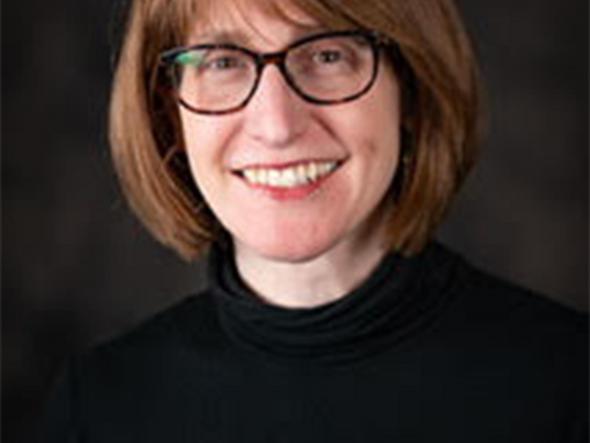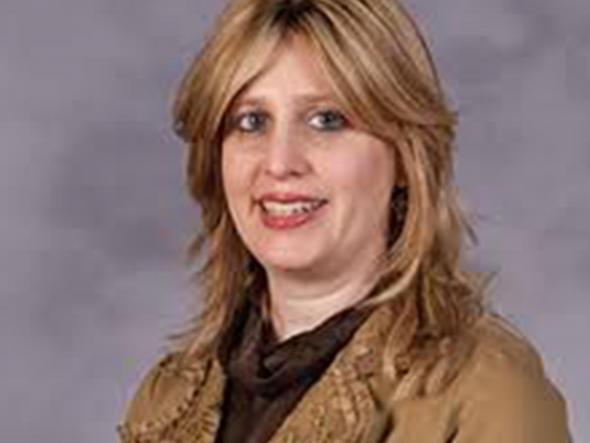Mindfulness as School Practice
A Conversation with Oakland Hebrew Day School’s Tania Schweig
In this fast-paced world, more and more people are discovering a need to reconnect with their surroundings by becoming active observers and listeners in their own lives. This is also true in the education field, where the concept of mindfulness is growing in popularity. Many schools are incorporating the practice into their curriculum, and Oakland Hebrew Day School is one of them. We spoke with OHDS’s Director of General Studies, Tania Schweig, who shared her insights on mindfulness as a practice and what students gain as a result of becoming more mindful and present.

“We are living in a time of intense anxiety — the way the digital world has made information and response time very fast-paced, we’re more addicted than ever to devices,” Schweig said. “The need to step away from all that and have calm, and take a breath and reset, is more critical than ever, given this pacing.”
One reason for the increased need for mindfulness is because “kids and adults are stressed out,” partly due to the self-absorption promoted by the digital age. “This tool [mindfulness] is an antidote for these stressors and demands but also the self-centeredness. You are focusing on you, but on your noticing sensation, emotion, and thought without judgment,” she said.
Mindfulness is more than just another trend, Schweig said. “There’s just something deeply simple and true about this. When you get exposed to what mindfulness is about, it’s not out of reach, it’s very simple and accessible. It’s not rocket science, or something you have to overhaul the systems for,” she said. “It’s about, ‘Can I carve out two 15-minute sessions per class for eight weeks?’ ‘Can we just pay attention to things?’”

Mindfulness is important, Schweig said, because it teaches “all the soft skills that are so important for students outside the world of academics. Basically at the core is this ability to be aware of and regulate yourself.” She explained that mindfulness exercises train us to “notice physical sensations around us and make a choice to act in a different way.” She said that this enables us “to relate to others in a way that is sensitive and intentional.”
For instance, Schweig said, adding the layer of mindfulness — which itself isn’t spiritual or religious, per se, she clarified — to Jewish practice can have a direct impact. Working with the Jewish studies director, Schweig implemented mindfulness lessons during tefillah (prayer) time — twice a week, 15 minutes of mindfulness exercises were followed by an abbreviated tefillah service. Schweig also saw the impact when the students came back from listening to shofar on Rosh Hashanah.
“Because Judaism is so embodied,” she said — pointing to holiday experiences like the shofar on Rosh Hashanah, as well as the Passover seder, which she called a “mindful eating exercise” — “there’s definitely mindfulness happening in that moment.”

Especially for those who struggle with self-regulation — sensory, emotional, or who struggle with focus — using the tool of mindfulness can have extra benefit, Schweig said.
“A few kids I saw who struggle with focus just liked it,” she said. “It took a while because of the quiet sitting — there was fidgeting — but kids were eventually able to sit for maybe four minutes, which was a big achievement. And even if other kids aren’t choosing to share [their impressions], they’re listening to the others who are.”
Schweig has been really impressed with how students are connecting to mindfulness, across different learning styles. “Some kids are really open to it, and other kids are reluctant and resistant or checking it out from a distance. This is completely normal — we’re not trying to pressure them into having the experience, it’s just a tool. But when it works, there’s a quiet in the room, even if that only lasts for 60 seconds, it’s like they got to see that it’s possible. It opened up this other dimension to them that they might never have known was available to them,” she said.




